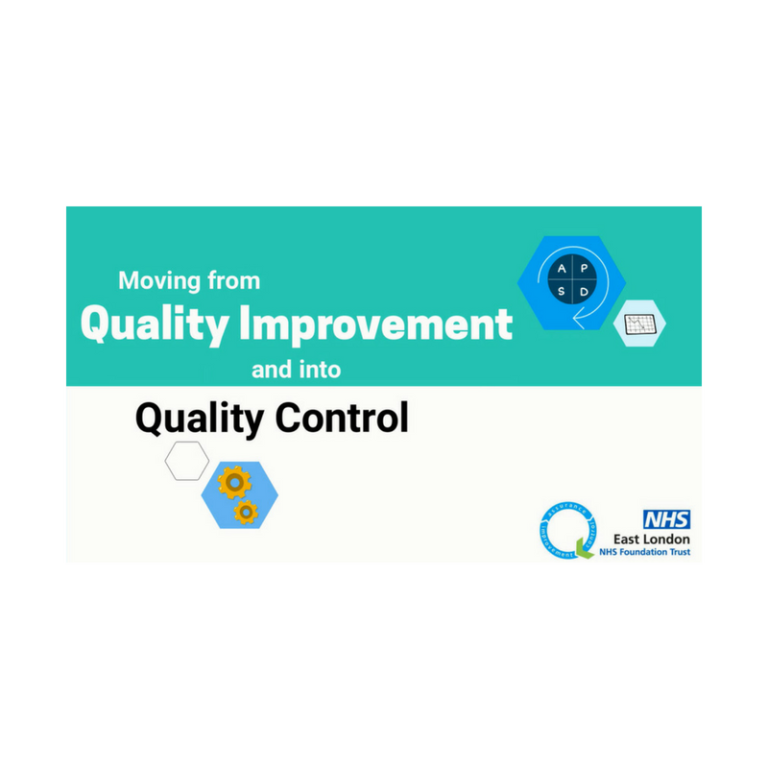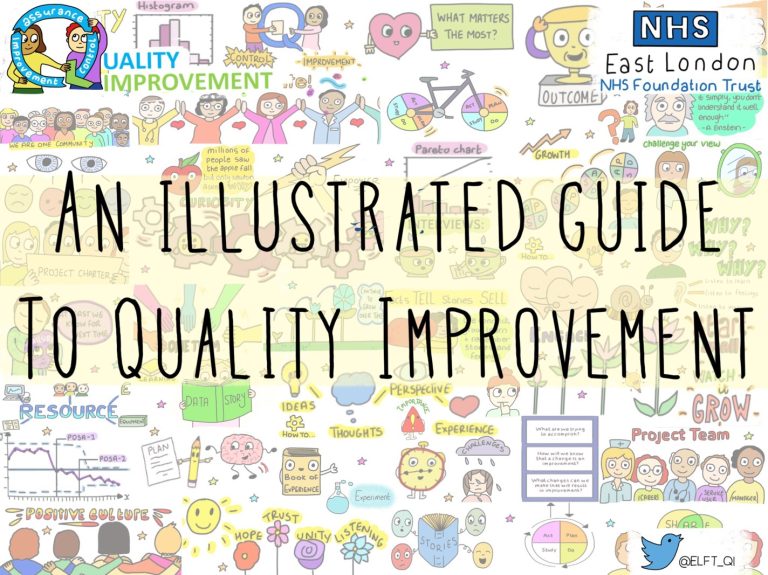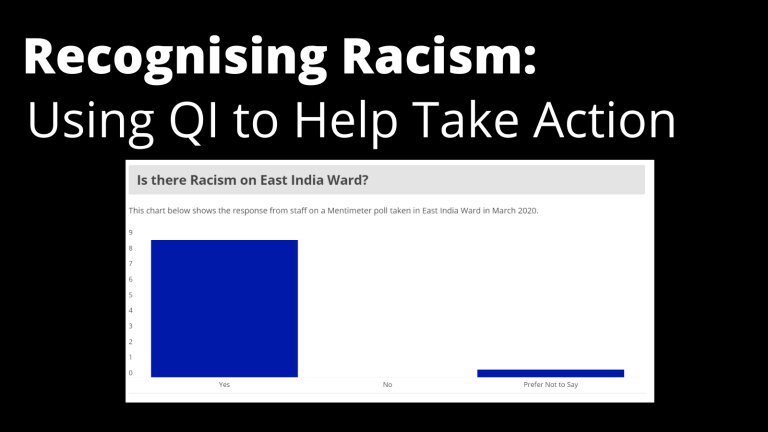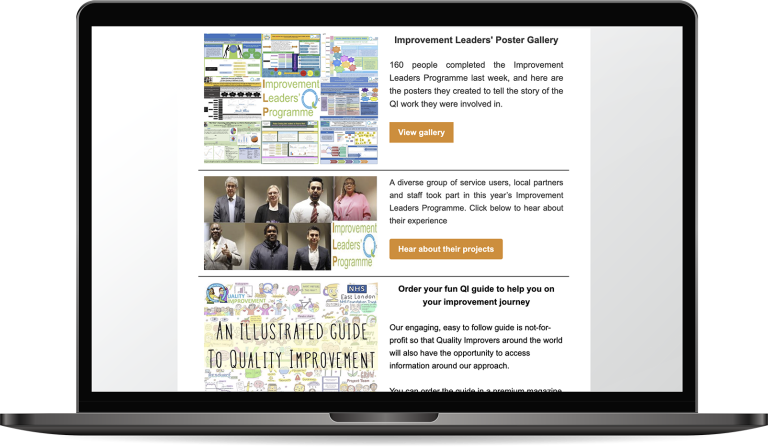
ELFT’s approach to improving the quality of life for those we serve
20th June 2018
In this blog, Improvement Advisor Marco Aurelio explains the Population Health approach and describes which projects are currently under way at ELFT.
ELFT’s new vision is to improve the population of all we serve. This places us with a much broader remit within our local community and we need to think about how we deliberately work with our partners. This is reflected in our new mission:
By 2022, we will build on our success and lead on the delivery of integrated care. ELFT will do this by working purposefully in collaboration with communities and our partners, always striving towards continuous improvement in everything we do.
So how are we going to be supporting this? One way in which we are going to be doing this is by adopting a population health approach to working with our partners. Population health has been defined as “the health outcomes of a group of individuals, including the distribution of such outcomes within the group”[i]. This is quite a broad term and so population can be thought of geographically, demographically or via a specific condition among other defining factors[ii]. Populations that people have previously identified as areas for improvement work are:
- Employees at Bellin Health Wisconsin USA
- Adults over the age of 65 with multiple complex conditions at NHS Kernow, Cornwall
- Black males with hypertension in Shelby USA.
What does this look like at ELFT?
 Going forward we have a responsibility to work with our partners more closely and so over the next twelve months we will be providing improvement support to partners in London and Bedford. In London we are working as part of the Tower Hamlets Together system, which is a group of health and social care organisations across the borough including Barts, ELFT, Care Commissioning Group (CCG), Local authority and voluntary sectors. Whilst across Bedford we are working with a range of partners within the Sustainability and Transformation Partnership (STP).
Going forward we have a responsibility to work with our partners more closely and so over the next twelve months we will be providing improvement support to partners in London and Bedford. In London we are working as part of the Tower Hamlets Together system, which is a group of health and social care organisations across the borough including Barts, ELFT, Care Commissioning Group (CCG), Local authority and voluntary sectors. Whilst across Bedford we are working with a range of partners within the Sustainability and Transformation Partnership (STP).
One way we will be working with our partners to think differently about tackling problems in their population is through using the Triple Aim framework. Developed by the IHI, the Triple Aim understands that healthcare systems have a responsibility to simultaneously improve health outcomes, experience of care and improve value (reduce costs) for the specific populations they are targeting.
When beginning to think about undertaking work in pursuit of the Triple Aim, the first step is to consider which population we are going to be working with. To help with this, teams undertake a three-part data review looking at utilising data, feedback from clinicians and service users to understand the needs and assets of the population. Having narrowed a population, teams then work to develop and aim, driver diagram, theory of change, measurement systems and begin with testing changes using PDSA cycles.
Tower Hamlets Together
Within Tower Hamlets, work is aligned to three different “life course” work streams: Born Well, Growing Well (Children and Young People), Living Well (Healthy Adults) and Promoting independence (complex care). The aim is for each of these areas to identify a distinct population to work with and run one QI project. Since January we’ve help facilitate a number of development sessions introducing QI and the framework for triple aim work. Over the next few months we will be bringing the teams working on this together during 6 weekly learning sets to share learning and accelerate the work.
Bedfordshire
Our partners in Bedfordshire are also thinking about what populations they might like to use the triple aim framework to improve aspects of health. In May a range of stakeholders from commissioning, acute and primary care were brought together in a morning session alongside the Catherine Craig from the IHI. This provided an opportunity to explore working with local populations on some triple aim work. We are currently working with partners to identify a population to begin working with.
[i] Kindig, D., & Stoddart, G. (2003). What Is Population Health? American Journal of Public Health, 93(3), 380–383.
[ii] http://www.ihi.org/communities/blogs/population-health-population-management-terminology-in-us-health-care
Most Read Stories
-
Why is Quality Control important?
18th July 2018

-
An Illustrated Guide to Quality Improvement
20th May 2019

-
2016 QI Conference Poster Presentations
22nd March 2016
-
Recognising Racism: Using QI to Help Take Action
21st January 2021

-
Using data enabled us to understand our problem
31st March 2023

-
QI Essentials: What does a Chief Quality Officer do?
18th March 2019


Follow QI on social media
To keep up to date on the latest concerning QI at ELFT, follow us on our socials.



